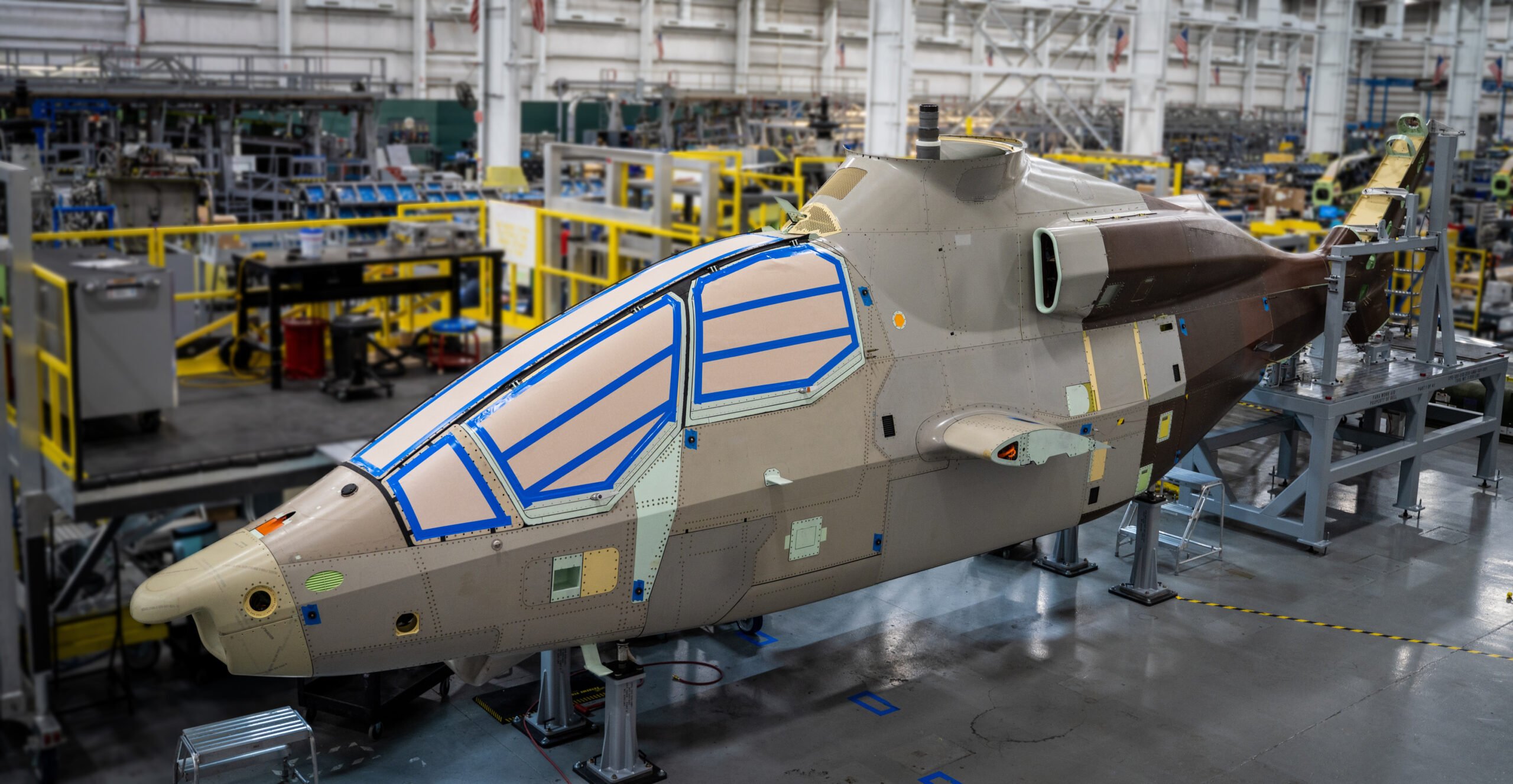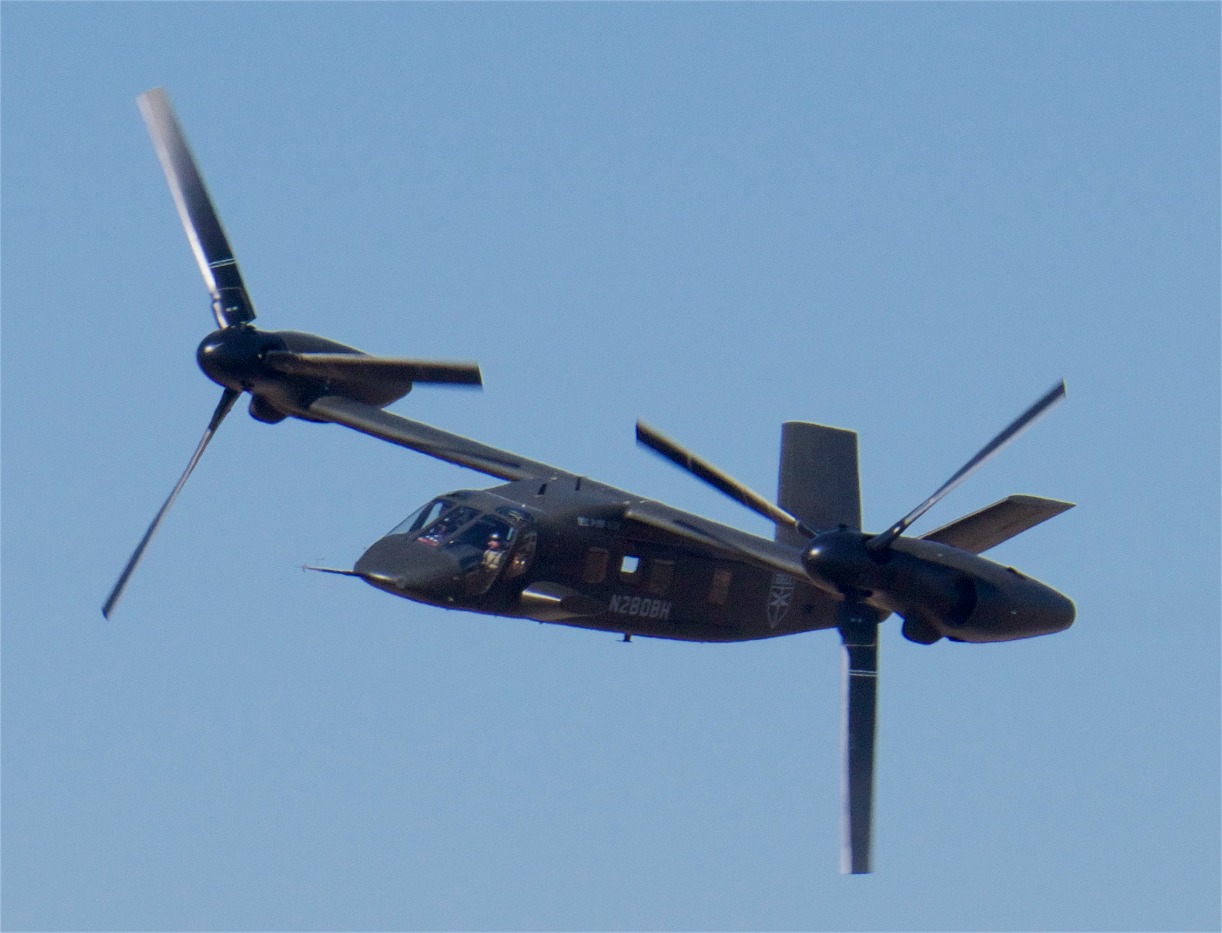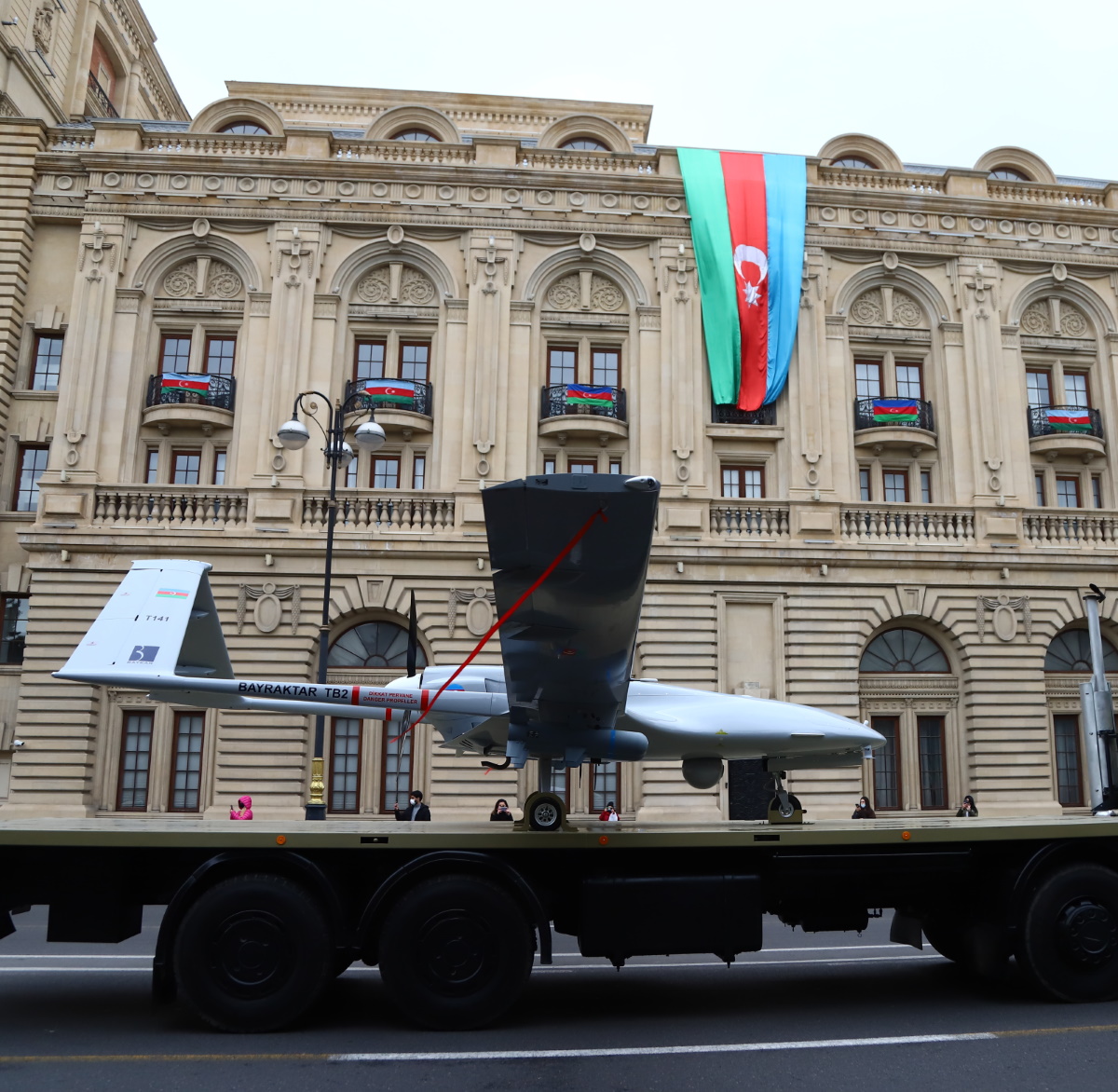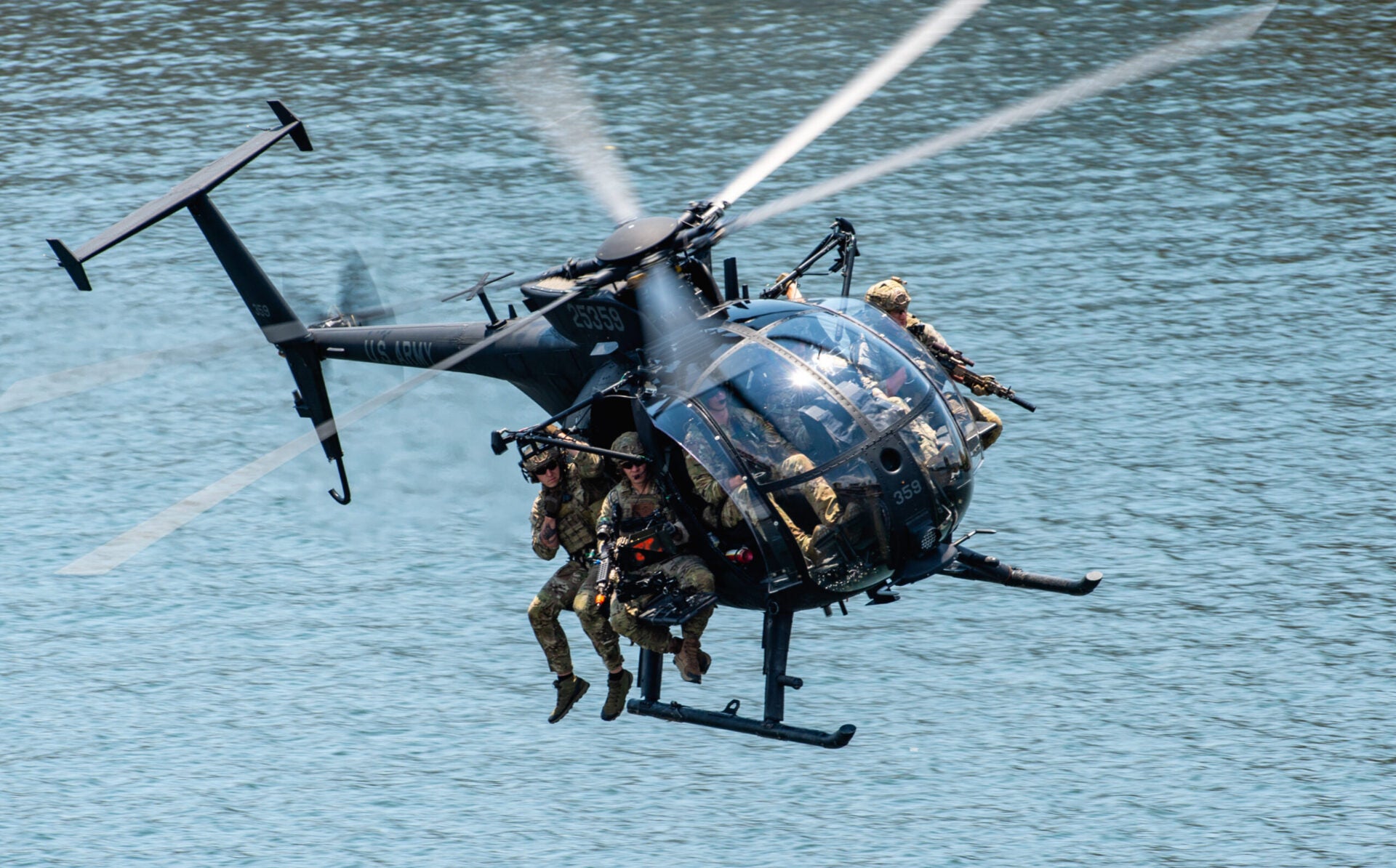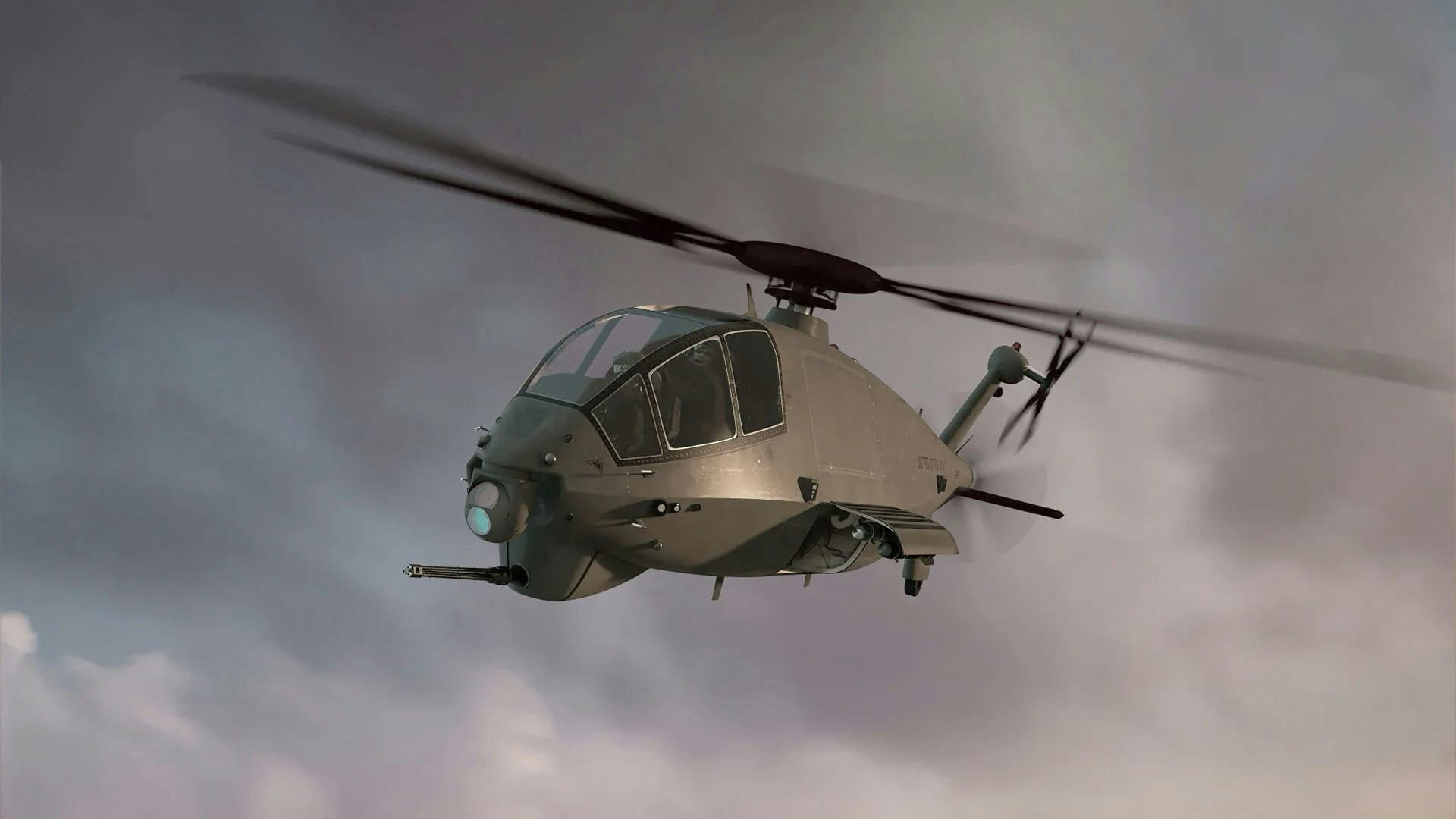- Joined
- 18 October 2006
- Messages
- 4,211
- Reaction score
- 4,920
US Army faces key decisions to advance future vertical lift aircraft programs / Defense News
The Army is nearing critical points on its path to fielding two Future Vertical Lift (FVL) aircraft, according to Army officials in charge of the efforts. The service plans to field both a Future Long Range Assault Aircraft (FLRAA) and a Future Attack Reconnaissance Aircraft (FARA) by 2030. The Army is expected to choose this summer one company to build FLRAA; prototypes are due to the service by 2025.And the service has overcome some minor delays assembling its first next-generation engine that will not only upgrade current attack and utility helicopters but will also power FARA. Two industry teams are building prototypes now and waiting to receive those new engines to next year compete those aircraft in a fly-off.
Bell and a Sikorsky-Boeing team have been locked in the competition to build FLRAA for several years. Bell's offering is the V-280 Valor tiltrotor and the Sikorsky-Boeing team's is the Defiant X coaxial aircraft - two very different airframe designs. Congress has continued to support the FLRAA program with budget increases over the past several years to help drive down risk as the program enters
the critical technology development phase.
In the fiscal 2022 omnibus spending bill enacted earlier this month, Congress boosted the program by $77.5 million. "I see this add from Congress as another opportunity for us to continue to reduce risk and make sure that as we enter the program of record, that we fully understand the program's cost, performance, schedule and capabilities," Brig. Gen. Rob Barrie, the program executive officer for Army
aviation, told Defense News in a March 11 interview.
Both FLRAA demonstrator aircraft have several years and many hours of test flights under their belts as the Army heads into the next phase. The service expects to complete preliminary design reviews for FLRAA in the late spring or early summer, Barrie said.
The service awarded two contracts to build prototypes for a competitive fly-off for the FARA program in 2020. Bell is building the 360 Invictus, while Lockheed Martin's Sikorsky is offering up the Raider X, also a coaxial helicopter. Both aircraft are roughly 80% assembled, Barrie noted.
The aircraft both require the Army's Improved Turbine Engine Program (ITEP) engine. Despite delays on the engine last year due to coronavirus pandemic-related supply chain issues, Barrie said it is now assembled. "We are anticipating this month to have the first engine fired off," Barrie said, "and that will begin a process of developmental testing of the engine." The Army is planning to deliver ITEP engines to the two FARA competitors in
November, Barrie said.
"Do we still see a path to fly in '23? The answer is yes," Barrie said.
"There's risk to that, but, yes, our objective remains to fly in '23."
The Army provided each competitor with a 3D printed version of the ITEP engine to help reduce risk when the actual engine arrives, Barrie noted.
All eyes are on the service as it attempts to modernize, particularly given its failures in recent decades to procure new helicopters.
But Army leaders are offering the program their full support. Army Chief of Staff Gen. James McConville has continued in recent speaking engagements this month to reiterate what he sees as a clear need for these two future aircraft programs.
"We believe that we need a Future Attack Reconnaissance Aircraft," McConville said at the McAleese and Associates defense conference in Washington earlier this month. "It's going to take some time to do and we're going through the acquisition and development process to [make it] happen, we are committed to making that happen. Same thing with the Future Long Range Assault Aircraft," he added.
"The Army has indicated programmatically a strong support for both programs and there's a recognition that these capabilities will add significantly to the Army's future ability to fight and win," Barrie said. "We are executing and we're excited about the capability that both of these programs can provide the Army."
The current fleet can't support an open system architecture to enable artificial intelligence capability, manned-unmanned teaming or more capable weapon systems like the Modular Effects Launcher, which will host a variety of lethal and non-lethal options like electronic warfare pods, Maj. Gen. Wally Rugen, who is in charge of Army future vertical lift efforts, said in the same interview.
"When you talk about how we're bringing the network, we're bringing strategic operational and tactical standoff that then allows you to strike from relative sanctuary disaggregated from ship ports and airports from the lower tier of the air domain," Rugen said. That's something the Army "has always wanted to achieve but really lost. That is resonating."

